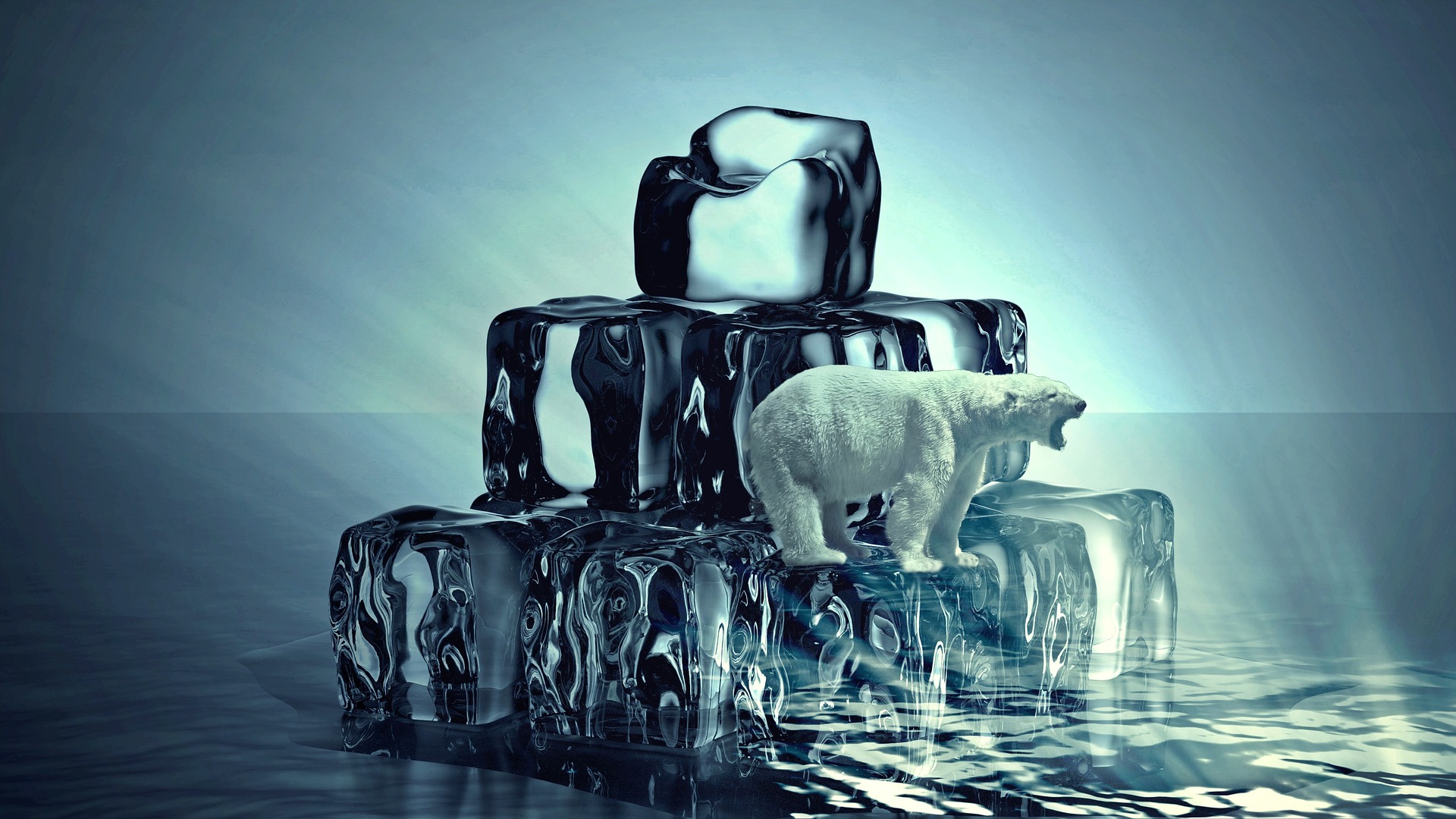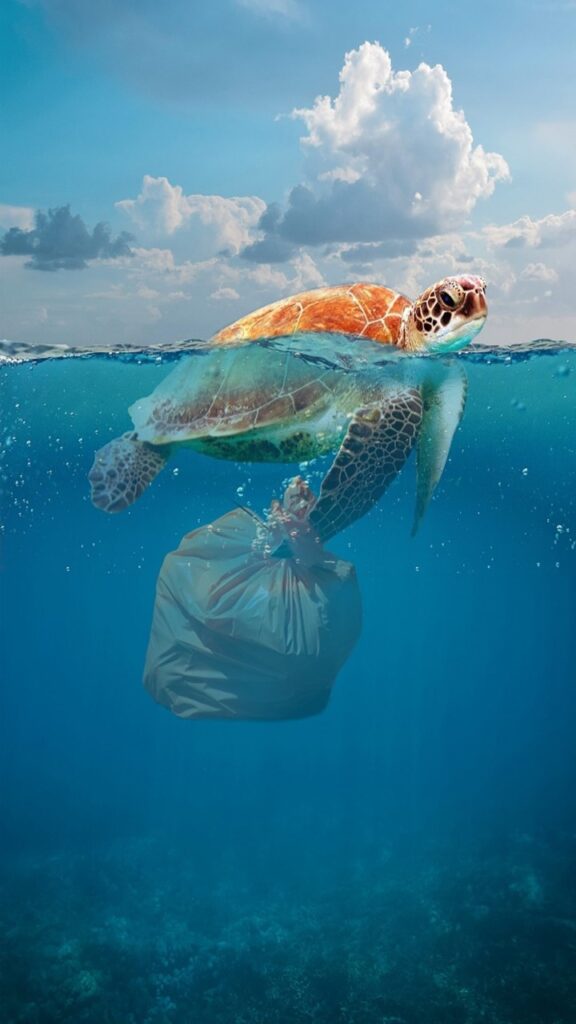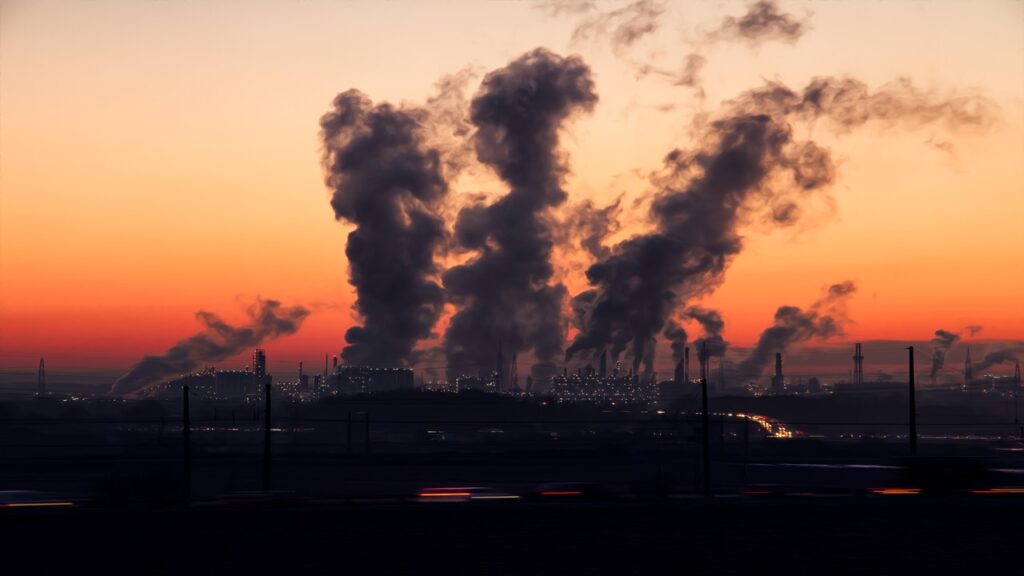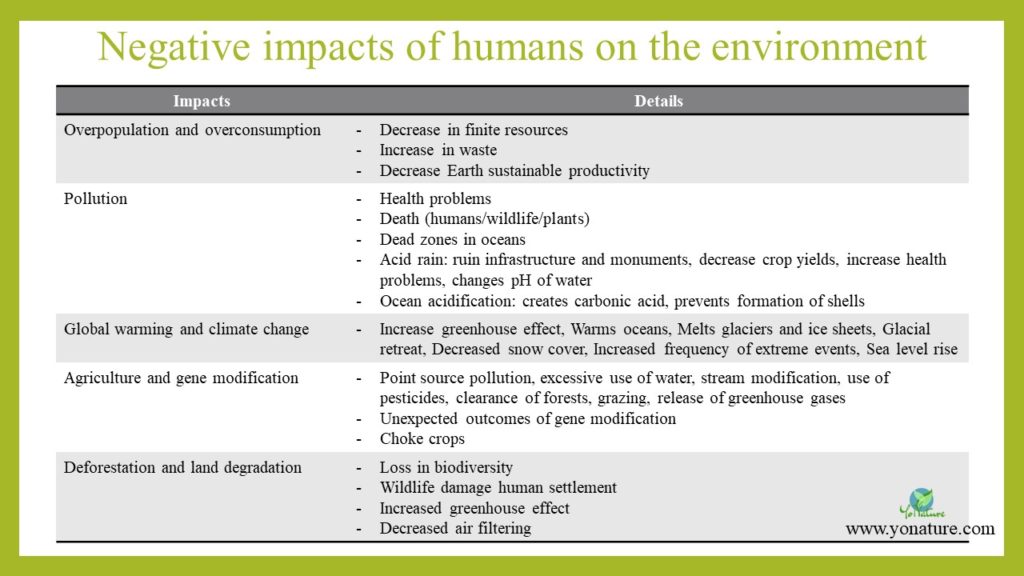Negative impacts of humans on the environment
Posted on April 24, 2019 by Yonature

Without a doubt, humans have some harmful impacts on the environment.
Since we walked the Earth, we have changed our natural environment in one way or another. Certainly, it was not to harm it. Rather, we wanted to be more comfortable in it. We reshaped our surroundings for agriculture, travel and infrastructure.
Today, scientists believe that ‘original nature’ no longer exists.
Negative impacts of humans on the environment
Basically, the harmful effects of humans on the environment are:
- overpopulation,
- pollution,
- global warming,
- agriculture and
- deforestation.
1. Overpopulation affects the environment
Currently, the worldwide population is around 7.7 billion people. By 2100, it will reach 11.2 billion people. With better medicine and lifestyles, mortality rates have substantially declined over the years.
In general, the number of births is decreasing in rich countries. But it is rising in vulnerable nations.
This makes the situation quite alarming for the environment. More humans mean more resources: food, space, fossil fuels.
Overconsumption
Basically, most resources that we use and consume come from finite sources. As consumption patterns change and we consume more, we put more pressure on our environment. And though rich countries may have lower populations, they consume more than vulnerable nations.
Right now, we are exceeding the Earth’s sustainable productivity by 60%. Socio-biologist, Wilson Edward further estimates that the Earth can support only around 9-10 billion people in a sustainable manner.
Waste production
At the same time, we also produce more waste. As a matter of fact, we now generate 10 times more waste than in the last century. But disposal abilities remain limited. Most of our landfills are filling up quickly. Many poor nations then burn their waste which further adds to air pollution and leads to health problems.
While we can recycle and reuse certain items like paper, there are others that stay in the environment for a long time. Plastic is such a deadly example. It can take between 100 to 500 years to decompose.
Plastic pollution
Today, we are facing many challenges because plastic clogs rivers and channels leading to flooding. Sea creatures also eat or get trapped in plastic thus killing them.

2. Impacts of pollution on the environment
Pollution is when we add foreign material into the environment, which can eventually change it.
Unfortunately, pollution is now also a major problem. Through so many of our activities, we introduce alien materials into the air, water and land. When we drive vehicles, we release toxic gases. As we sail in boats, motor oil goes into the water. And when we change land uses, we affect other ecosystems.
In China alone, 1 million people die every year because of air pollution. Likewise, we are now heavily affecting marine habitats all over the world. Unregulated activities release sewage and trash into the oceans.
Excessive fertilizers that farmers use also run into the sea. Today, we have 500 dead zones globally over an area of 245,000 km2 resulting from excess nutrients.

Acid rain
What’s more, we also release sulphur dioxide and nitrogen oxides into the atmosphere when we burn fossil fuels and use heavy vehicle equipment.
These gases mix with condensing clouds and fall down as acid rain. Acid rain can ruin solid materials on land like statues and change the pH of the soil.
In many developing countries in Asia, scientists noted a decrease in crop yields and tree growth due to acid rain.
Nevertheless, the effect of acid rain in water is even worse as it changes the pH of the water. This can cause entire marine populations to collapse.
Ocean acidification
In general, many human activities release carbon dioxide like burning fossil fuels. Ocean acidification occurs when carbon dioxide mixes with seawater to form a weak carbonic acid.
However, this acid can greatly reduce the pH of seawater leading to deadly effects.
In fact, the amount of carbon dioxide in our oceans today is higher than what we observe in the last 800,000 years. The pH of seawater has actually increased by 0.1 unit because of this.
Such changes can also affect the formation of calcium carbonate which is the main component of the shells of crustaceans.
3. Global warming and climate change
One of the worst problems that exists today is global warming.
Global warming refers to the increase in temperature on Earth. Though the temperature of the planet rose and fell a number of times in the past, today, scientists believe that it is mostly due to human activities. Especially, the burning of fossil fuels that releases greenhouse gases like carbon dioxide.
This carbon dioxide stays in the atmosphere and absorbs heat thus increasing the temperature on Earth. Since the late 19th century, the temperature has actually risen by 0.9°C.
As a matter of fact, before pre-industrial times, the level of carbon dioxide was less than 300 PPM. Right now, it is around 440 PPM.
Climate change
As the planet heats up, it also changes the global climate. We now have more recurrent storms, floods, droughts and epidemics because of climate change. Scientists estimate that these will only get worse in the future. For example, as glaciers melt, the sea level rises. This can cause many atoll nations to eventually disappear.
4. Agriculture has serious consequences on our environment
As it turns out, agriculture itself has its load of harmful impacts on the environment such as
- point source pollution,
- excessive use of water for irrigation and stream modification,
- use of pesticides and herbicides that leak into water bodies,
- clearing forests and riparian zones to grow crops,
- grazing by cattle and the
- release of greenhouse gases into the atmosphere by cattle and the use of fossil fuels.
Gene modification
In addition to these, we also manipulate various plant and animal species for our own benefit. We call them Genetically Modified Organisms (GMO). We alter the genome of these organisms to get better and higher yields and to make them more resistant.
Over the years, gene modification advanced tremendously. We can now incorporate the genes from a different species into another organism to get the results we want. As it is, such advances help considerably in the food and medicinal sectors.
However, gene manipulation is a very risky process. The outcome may be unintended or a by-product of the process. Sometimes, organisms may even mutate and become resistant. Superweeds, for example, are now choking agricultural crops. Likewise, 249 species of weeds can presently resist 22 out of 25 known herbicides.

5. Deforestation and forest degradation
Since the 1960s, we have destroyed more than half of the tropical forests. In Europe alone, cattle, diseases, fire and human activities damaged some 3.7 million hectares of forests.
Every year, we lose 18.7 million acres of forests due to agriculture and illegal logging. Strikingly, we cleared 17% of the rich Amazonian forest in the past 50 years to give way to cattle ranches.
As it is, forests are the lungs of the planet. They filter polluted air and take in carbon dioxide to produce oxygen for life to continue on Earth. When we cut down trees, carbon dioxide stays in the air. And the level of air pollution also increases.
Threaten biodiversity
Likewise, deforestation and forest degradation threaten biodiversity directly. Some plant and animal species may go extinct in the wild when we destroy their habitats. At the same time, other animals, such as elephants, may migrate towards human settlement and cause damages. As a result, frightened villagers may kill them.

Category: Human activities Tags: effects of people on the environment, gene modification and impacts on the environment, how do humans impact the environment in a negative way, how global warming is impacting the world, how humans affect the environment, how humans pollute the environment, how is deforestation bad for the environment, how to decrease human impacts on the environment, how to human activities affect the environment, how to reduce human impact on the ecosystem, human activities that destroy the environment, human activities that impact on the environment, negative impacts of human activities on the environment, Negative impacts of humans on the environment, negative impacts of urbanisation, what is destroying our environment, what is the impact on the environment
23 Comments on “Negative impacts of humans on the environment”
Leave a Reply Cancel reply
Get News by Email!
Categories
Search
Find Us
contact[at]yonature[dot]com
Site Links
Secure Site
Get News by Email!
Copyright © 2024 · All Rights Reserved · Yo Nature
Theme: Natural Lite by Organic Themes · RSS Feed

Pingback: Positive and Negative Impacts of COVID-19 - Yo Nature
Pingback: Strategies to Effectively Tackle Plastic Pollution in Mauritius - Yo Nature
Pingback: Plastic Pollution Explained: Causes, Effects, Solutions - Yo Nature
Pingback: Effects of Snow Avalanches: Positive, Negative, Examples - Yo Nature
Pingback: Composting Explained: Conditions, Benefits, Problems - Yo Nature
Pingback: 5 reasons why ecotourism is better than traditional tourism - Yo Nature
Pingback: The purpose of ecotourism with examples - Yo Nature
Pingback: Mauritius: Geography, History, Travel and Top Attractions - Yo Nature
Pingback: Sustainable Tourism, Green Tourism, Ecotourism Explained - Yo Nature
Pingback: Flooding Explained: Types, Causes and Examples - Yo Nature
Pingback: Climate change: Natural and Anthropogenic causes - Yo Nature
Pingback: Environmental studies: Degree, Topics, Importance, Jobs - Yo Nature
Pingback: Earthquakes Explained: Types, Causes and Examples - Yo Nature
Pingback: The Coastal and Marine Biodiversity of Mauritius - Yo Nature
Pingback: The Dodo Bird of Mauritius: From Discovery to Extinction - Yo Nature
Pingback: Biodiversity (Flora and Fauna) of Mauritius - Yo Nature
Pingback: The forests of Mauritius - Yo Nature
Pingback: What does the marine environment consist of? - Yo Nature
Pingback: Plants can purify indoor air – Fact or Bait? - Yo Nature
Pingback: Sustainable tourism in Mauritius - Yo Nature
Pingback: 14 simple ways to reduce your ecological footprint - Yo Nature
Pingback: positive impacts of tourism on the environment - Yo Nature
Pingback: What is global warming? - Yo Nature